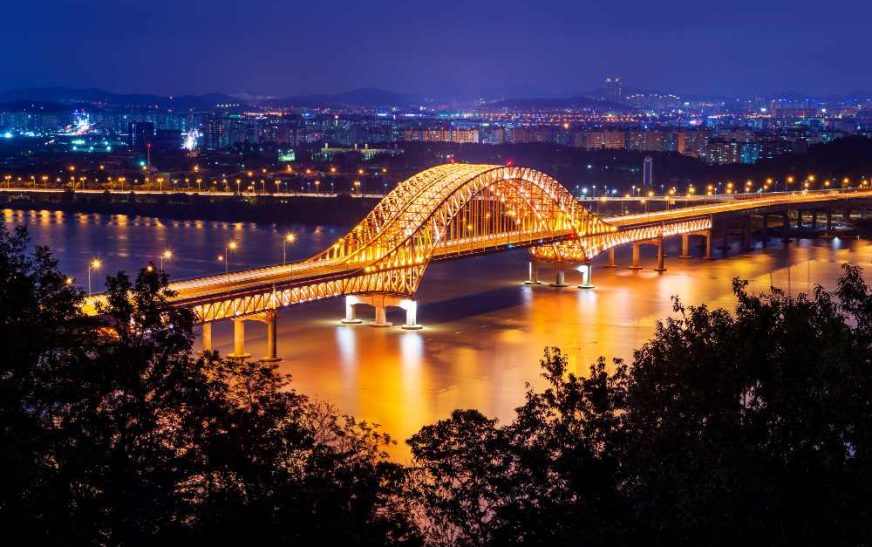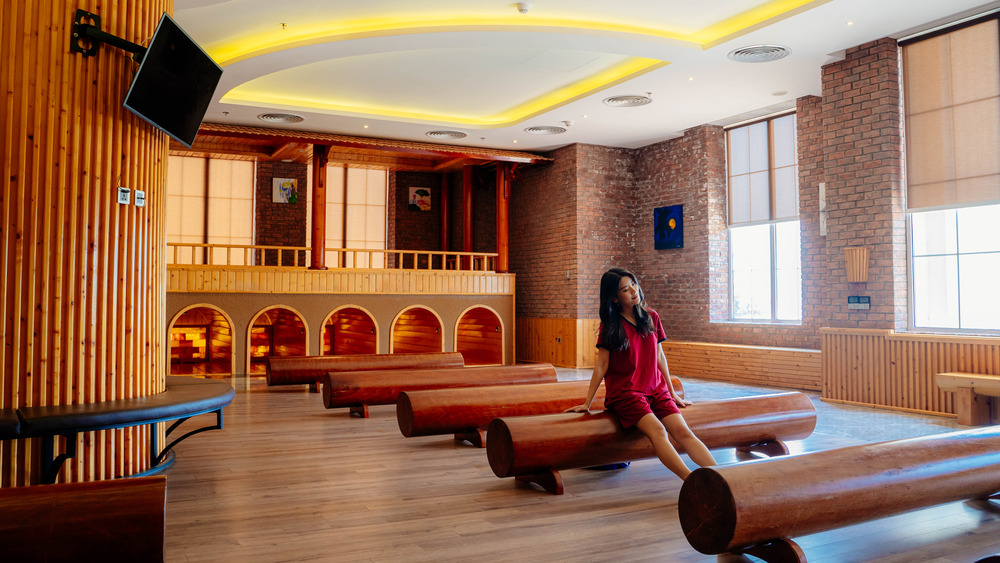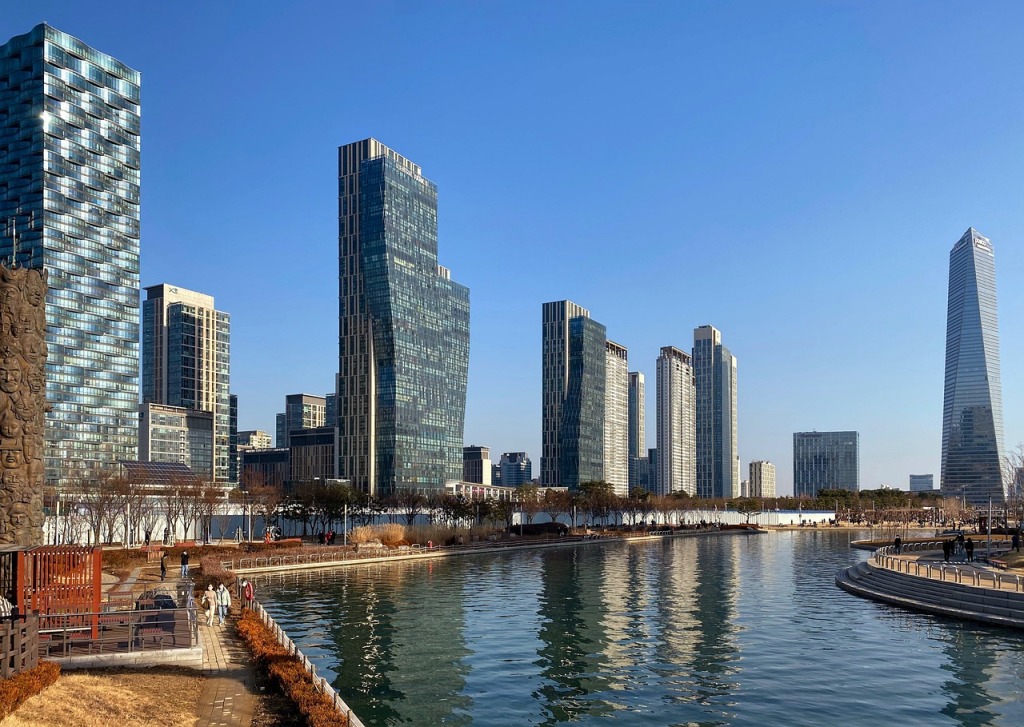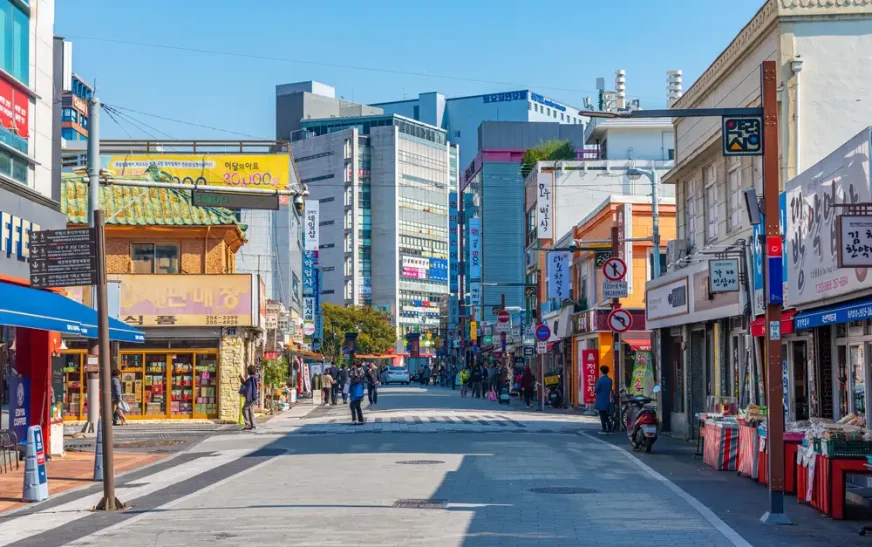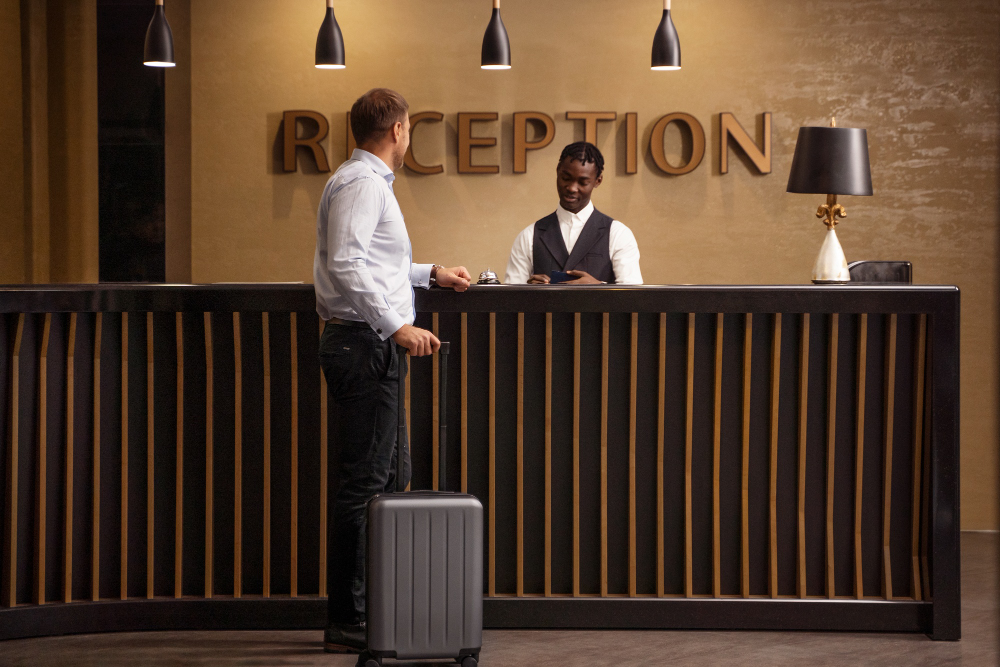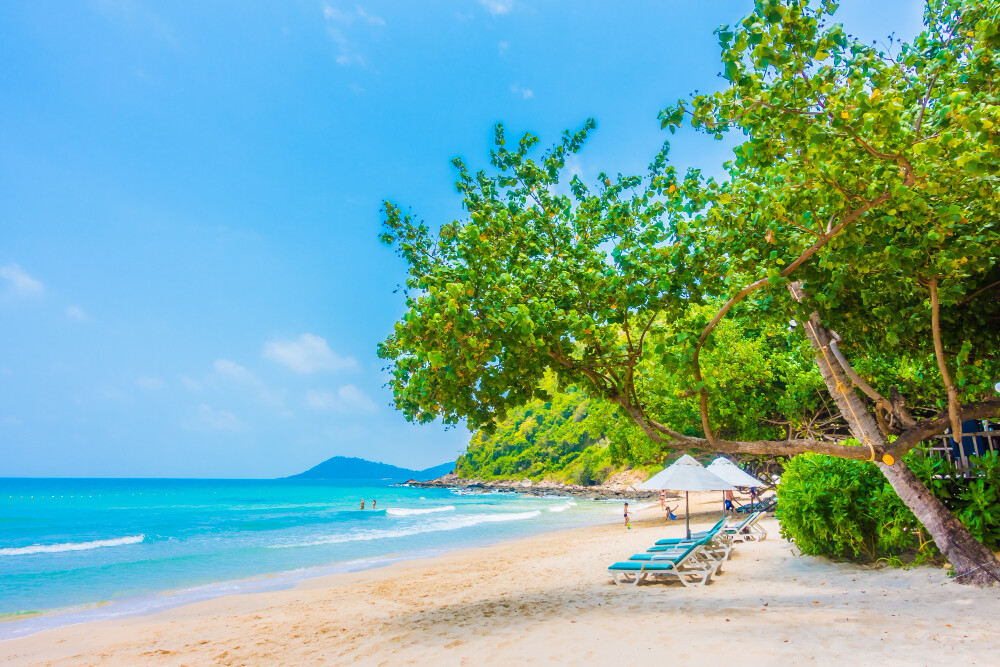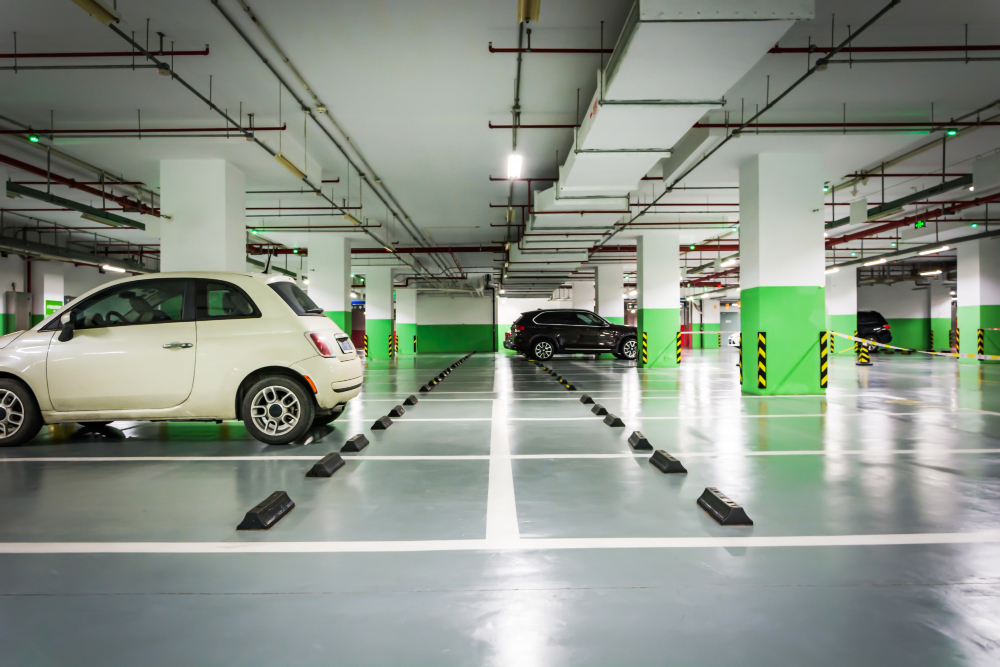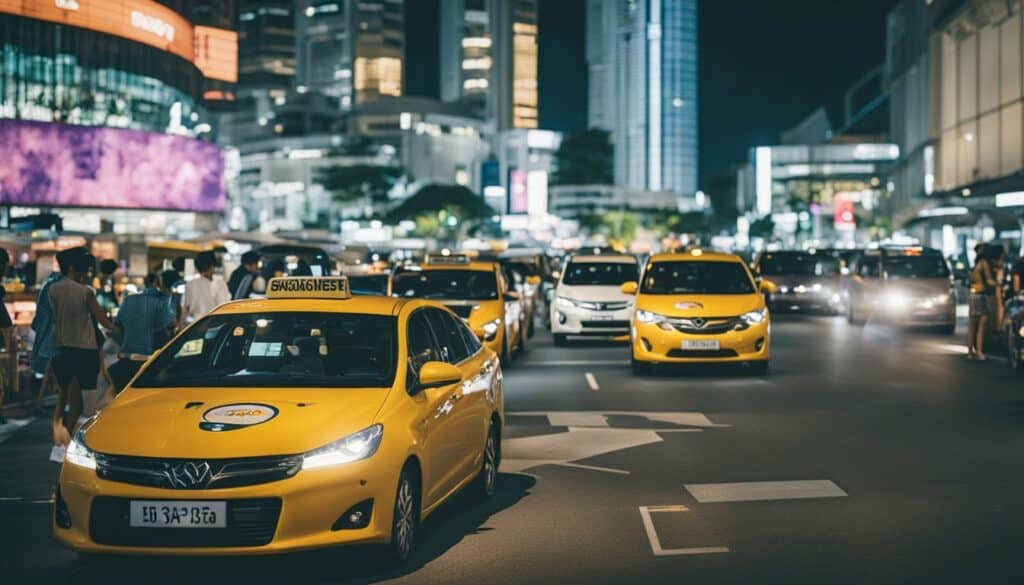South Korea is a blend of ancient traditions and cutting-edge modernity, making it one of the most exciting travel destinations in Asia. From bustling cities and serene temples to stunning natural landscapes and K-pop culture, there is something for everyone.
In this guide, we’ll explore the top places to visit in South Korea, covering historical landmarks, natural wonders, and must-see attractions.
Seoul – The Heart of South Korea
Best for: Culture, shopping, nightlife, history
The capital of South Korea, Seoul, is a dynamic metropolis where ancient palaces coexist with modern skyscrapers.
- Top Attractions in Seoul:
Gyeongbokgung Palace – A grand palace with royal history and changing of the guard ceremonies.
Bukchon Hanok Village – A traditional village with beautiful Korean hanok houses.
Myeongdong – The ultimate shopping and street food paradise.
N Seoul Tower – Stunning panoramic views of the city.
Hongdae & Itaewon – Hotspots for nightlife, trendy cafes, and K-pop fans.
Why Visit? Experience Korean history, K-pop culture, and world-class shopping all in one place.
Busan – Coastal Beauty & Beaches
- Best for: Beaches, seafood, temples, city life
South Korea’s second-largest city, Busan, is famous for its beaches, mountains, and seafood markets.
- Top Attractions in Busan:
Haeundae Beach – The most famous beach in Korea, perfect for summer.
Gamcheon Culture Village – A colorful, artistic village with stunning ocean views.
Jagalchi Fish Market – Korea’s largest seafood market, offering fresh and delicious seafood.
Beomeosa Temple – A peaceful Buddhist temple on a mountain.
Gwangalli Beach – Known for its nightlife and spectacular Gwangan Bridge views.
Why Visit? Relax on beautiful beaches, explore cultural sites, and enjoy Korea’s best seafood.
Jeju Island – South Korea’s Natural Wonder
- Best for: Nature, hiking, beaches, honeymoon destinations
Jeju Island is a UNESCO-listed paradise known for its volcanic landscapes, stunning beaches, and waterfalls.
- Top Attractions in Jeju:
Hallasan Mountain – South Korea’s tallest peak with amazing hiking trails.
Seongsan Ilchulbong (Sunrise Peak) – A breathtaking volcanic crater.
Manjanggul Cave – One of the world’s longest lava tunnels.
Jeongbang Waterfall – A waterfall that falls directly into the ocean.
Seogwipo Olle Trails – Scenic coastal walking trails.
Why Visit? Breathtaking natural beauty combined with relaxing beaches and local delicacies.
Gyeongju – The Museum Without Walls
- Best for: History, ancient culture, temples
Gyeongju, the ancient capital of the Silla Kingdom, is a treasure trove of Korean history.
- Top Attractions in Gyeongju:
Bulguksa Temple – A UNESCO World Heritage Site with incredible Buddhist architecture.
Seokguram Grotto – Home to a stunning stone Buddha statue.
Cheomseongdae Observatory – One of the world’s oldest astronomical observatories.
Donggung Palace and Wolji Pond – A breathtaking nighttime attraction.
Why Visit? If you love Korean history and ancient temples, Gyeongju is a must-visit.
Incheon – The Gateway to Korea
- Best for: Shopping, modern attractions, historic sites
Most travelers arrive in Korea via Incheon Airport, but the city itself has great attractions!
- Top Attractions in Incheon:
Chinatown & Songwol-dong Fairy Tale Village – Colorful photo spots with great street food.
Songdo Central Park – A futuristic park with beautiful skyscrapers.
Wolmido Island – A seaside amusement park with scenic ocean views.
Why Visit? Experience a mix of modernity, history, and seaside beauty.
DMZ (Demilitarized Zone) – The Border Between North & South Korea
- Best for: History, politics, unique experiences
A visit to the DMZ offers a glimpse into one of the world’s most heavily guarded borders.
- Top Attractions in the DMZ:
Joint Security Area (JSA) – Stand on the actual border of North and South Korea.
Dora Observatory – See North Korea from a distance.
Third Infiltration Tunnel – A secret tunnel built by North Korea.
Why Visit? A once-in-a-lifetime experience to witness the history of North & South Korea relations.
Andong – Home of Korean Traditions
- Best for: Traditional Korean culture, folk villages
Andong is famous for its Hahoe Folk Village, a UNESCO-listed heritage site where visitors can see traditional Korean houses.
- Top Attractions in Andong:
Hahoe Folk Village – A preserved traditional village with thatched-roof houses.
Andong Mask Dance Festival – A famous festival celebrating Korean mask culture.
Why Visit? If you want to experience old Korea, this is the best place.
Pyeongchang – Winter Wonderland
- Best for: Skiing, winter sports, mountain scenery
Pyeongchang is known for hosting the 2018 Winter Olympics and is the best place for skiing and snowboarding in Korea.
- Top Attractions in Pyeongchang:
Alpensia & Yongpyong Ski Resorts – Top winter sports resorts in Korea.
Woljeongsa Temple – A beautiful Buddhist temple in the snow.
Why Visit? A winter paradise for adventure lovers!
Suwon – The Walled City
- Best for: History, UNESCO sites
Suwon is home to Hwaseong Fortress, a UNESCO-listed historical site.
- Top Attractions in Suwon:
Hwaseong Fortress – A stunning, well-preserved Korean fortress.
Korean Folk Village – A living museum showcasing traditional Korean life.
Why Visit? A mix of history and cultural experiences.
Nami Island – A Romantic Getaway
- Best for: Nature, romance, photography
Nami Island is famous for its tree-lined paths and has appeared in Korean dramas.
- Why Visit? A peaceful escape with stunning landscapes, especially in autumn and winter.
Conclusion
- For city life & K-pop culture: Seoul, Busan
For history & tradition: Gyeongju, Andong, Suwon
For nature & adventure: Jeju Island, Pyeongchang, Nami Island
For a unique experience: DMZ, Incheon
No matter your travel style, South Korea offers something for everyone!
FAQs
1. What is the best time to visit South Korea?
The best time to visit South Korea is during spring (April–June) for cherry blossoms and autumn (September–November) for colorful foliage. Winter (December–February) is great for skiing, while summer (July–August) is hot and humid but perfect for beaches.
2. Do I need a visa to visit South Korea?
It depends on your nationality. Many countries, including the USA, UK, Canada, and most EU nations, can enter visa-free for up to 90 days. However, visitors must apply for K-ETA (Korea Electronic Travel Authorization) before arrival.
3. What are the must-try foods in South Korea?
Some must-try Korean dishes include:
- Bibimbap (mixed rice with vegetables and meat)
- Samgyeopsal (Korean BBQ pork belly)
- Kimchi (fermented spicy cabbage)
- Tteokbokki (spicy rice cakes)
- Jjajangmyeon (black bean noodles)
4. Is South Korea expensive to travel to?
South Korea is affordable compared to Japan but slightly more expensive than Southeast Asian countries. Budget travelers can get by with $50–70 per day, while mid-range travelers may spend $100–150 per day.
5. What are the best places to shop in South Korea?
- Seoul: Myeongdong (fashion), Dongdaemun (wholesale markets), Insadong (traditional crafts)
- Busan: Seomyeon (trendy shopping), Nampo-dong (street markets)
- Jeju Island: Local markets for Korean cosmetics and specialty foods
Also read: West Coast vs East Coast: Which is Better to Live or Visit?

